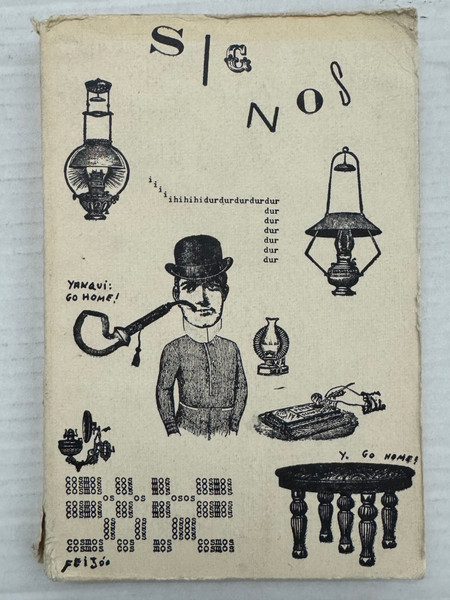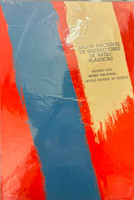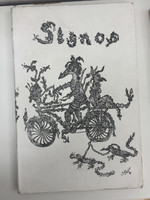- Travel
-
Exhibits
- La Portada Cubana
- Immortal Cuba: Artists Take on Their Heroes
- Seattle Poster Exhibit
- Sandra Dooley & Alejandrina Cué
- The Art of Wayacón
- Cuban Folk Art
- Cuba In Black And White
- 25 Years of Cuban Art Space
- Summer Folk Art Expo
- ¡SPRING AWAKENING FROM CUBA!
- Celebrating The Art Of Cuban Women
- Celebrating Paper, Affordable Art from Cuba
- Art of the Revolution
- Outsider Art
- Lost and Found
- En la lucha: Celebrating Cuban Women and Their Art
- Cuban Art Stash
- 100 Fires: 5 Cienfuegos Artists' Work on Paper
- Waya + Monte! Magic Realism in Cienfuegos
- Viva Cuba Viva! Poster Show
- Cultivando Sueños
- Black Lives Matter in Cuba Jan 9-March 27
- Leandro Soto: Crónicas visuales
- Cuban Canvas
-
Archive
- Global Reflection 2018: Spirit and Community
- Exhibit in the cloud: Contemporary Works on Paper
- MADE IN CUBA! MINNEAPOLIS EXHIBIT
- Cuban Posters and Photography from CCS collection
- AUTUMN SALE! Sept/Oct 2017
- SPRING ARTS AND CRAFT SALE
- Vuelo Directo/Non Stop: Alberto & Alejandro Lescay
- The Many Faces of Fidel
- Somos
- Made in Cuba!
- The US empire in Cuban graphics
- Made in Cuba/Seattle exhibit
- Entre Nos
- Looking Back
- Cuban Art Space
- Membership/Donate
- About Us
- Cuba News
-
Samuel Feijóo's cover design for "Signos" employs charming Victorian-era engravings that recur throughout the issue as visual motifs. The layout features a dapper mustachioed gentleman in bowler hat and a fashionably dressed woman with elaborate feathered hat, rendered in fine crosshatch engraving style. The magazine title "SIGNOS" appears in a decorative cartouche at top, while the woman's portrait and the word "JUICE" (likely "JUICIO" or judgment) appear below, both signed "FEIJÓO." Inside pages show the couple engaged in witty repartee through speech bubbles, while the back cover presents a nostalgic arrangement of domestic objects—oil lamps, a smoking pipe, a typewriter, and an ornate table—surrounding a central male figure, with the word "COSMOS" repeated in a typographic pattern at the bottom. This eclectic assemblage of 19th-century imagery and typography creates a distinctive visual language that bridges folk tradition and avant-garde design.
Samuel Feijóo (1914-1992) was one of Cuba's most important cultural figures—a prolific writer, painter, folklorist, and cultural promoter who dedicated his life to documenting and celebrating Cuban popular culture. Based in Santa Clara, he founded and directed "Signos" as an organ of the Consejo Nacional de Cultura, using the magazine to explore Cuban folk traditions, popular expression, and vernacular culture. The subtitle "En la Expresión de los Pueblos" (In the Expression of the Peoples) reflects Feijóo's commitment to elevating popular and folk cultures to the same status as elite literary traditions. This issue's subtitle "Gráfica, Pentagrama, Letra" (Graphics, Musical Staff, Letter/Literature) indicates its multimedia approach to cultural documentation.
Published quarterly from the Biblioteca Martí in Santa Clara, "Signos" served as a vital platform for research and celebration of Cuban folklore, popular music, oral traditions, and vernacular expression during the revolutionary period. Feijóo's distinctive visual style—combining found Victorian engravings with experimental typography and layout—created a uniquely Cuban aesthetic that honored historical popular culture while embracing modernist design principles. This issue from Year 4 represents the magazine's mature phase, when it had established itself as an essential chronicle of Cuban cultural expression that valued rural traditions, popular wisdom, and folk creativity as central components of revolutionary Cuban identity.
-
-
Discover More at the Center for Cuban Studies







